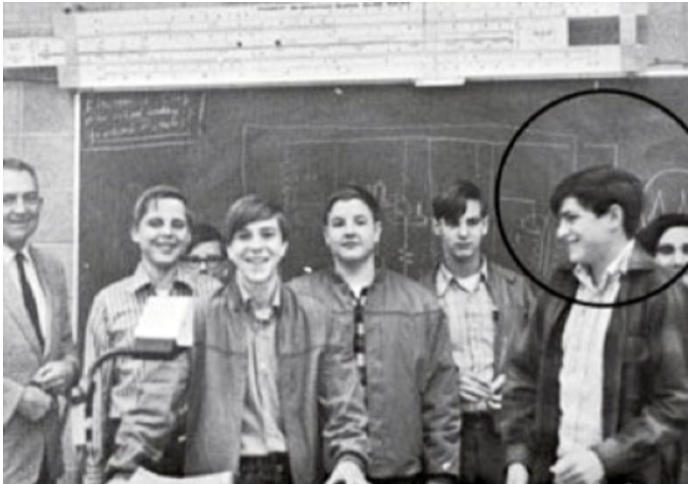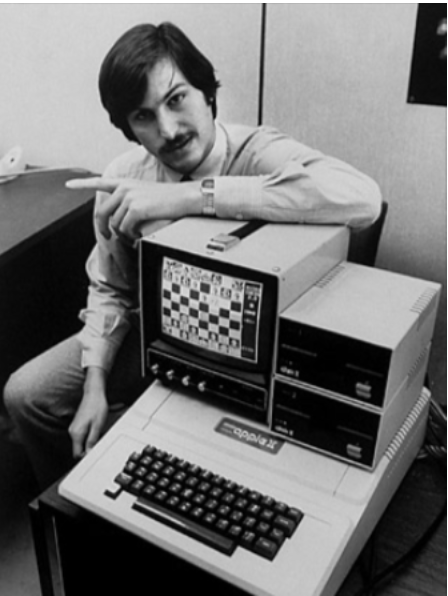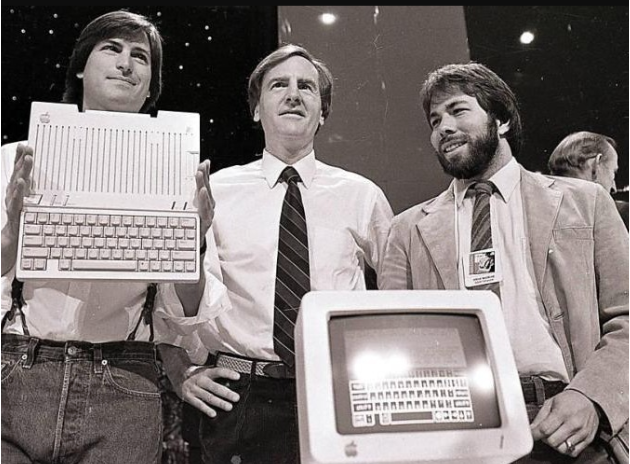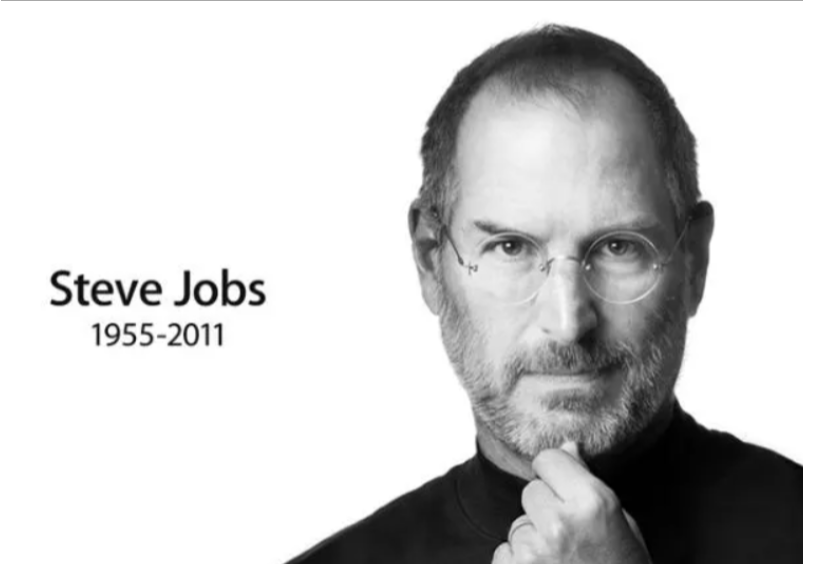Steve Jobs attended Reed College in Portland, Oregon, for a brief period. He decided to drop out, preferring a selective approach to learning that aligned with his passions.
Despite not earning a degree, his time at Reed College was influential. Jobs audited classes that resonated with him, notably calligraphy, which would later shape Apple’s design aesthetic.
Let’s delve into his brief college experience, highlighting an alternative view of education separating from the standard life.
Key Takeaways: Did Steve Jobs Go To College?
- Steve Jobs attended Reed College but later dropped out.
- He focused on classes that aligned with his passions.
- Jobs’s informal education had a profound impact on his success.
Early Life And Education
Adopted by Paul and Clara Jobs, he grew up in Silicon Valley, where his father’s work exposed him to electronics. This fostered a deep curiosity about how things worked.
Jobs’ electronics skills flourished in high school. Most importantly, it’s where he struck up a friendship with Steve Wozniak. This partnership would become the backbone of Apple.
The two Steves shared an intense interest in computers, often skipping school to work on their own projects. This foreshadowed a preference for hands-on learning over traditional studies.
For information about Steve Jobs’s legendary life, here is a video that shows a few extra highlights:
High School Years
Jobs attended Homestead High School in Cupertino, California. He was known for his electronics skills and forged a formative friendship with Steve Wozniak.

This partnership would eventually lead to the founding of Apple. Together, Jobs and Wozniak shared a visionary ambition for the personal computer.
Reed College Enrollment
In 1972, Jobs briefly attended Reed College, a pricey liberal arts school in Oregon. His independent spirit clashed with the structured curriculum he felt was irrelevant to his passions.
After just six months, he officially dropped out, finding the cost too much of a burden on his parents.

Crucially, he didn’t leave entirely. He ‘crashed’ on couches, dropped into classes that piqued his interest (like calligraphy), and further honed his electronics skills.
The Decision To Drop Out
The liberal arts focus clashed with Jobs’ desire for practical, technology-focused knowledge. He understood the expense placed on his parents and didn’t see the value in continuing for them.
This decision was a defining moment. He wasn’t rejecting learning, just the conventional structure.
Reasons For Dropping Out
Jobs struggled to find meaning in the required classes at Reed College. The liberal arts focus, and the financial burden on his parents fueled his decision.
After six months, Jobs opted to leave formal studies behind. He continued to audit classes that piqued his interest, such as calligraphy. This approach proved instrumental in shaping Apple’s design philosophy.
Impact Of The Decision
Dropping out continued Jobs’ pursuit of knowledge. He embraced alternative forms of learning. This ultimately led to his co-founding of Apple, a company that would revolutionize the tech world.
His unconventional path to success challenges the assumption that traditional education is the sole route to innovation.
Continuing Education Informally
Steve Jobs’ formal education ended with high school, but his pursuit of knowledge continued elsewhere.
After dropping out, Jobs audited calligraphy classes at Reed. This seemingly unrelated interest had a profound effect, inspiring the Mac’s elegant typography.
Jobs continued to attend classes at Reed College selectively. This highlights his preference for a self-directed learning path focused on his specific interests.
Professional Life Post-College
After his official departure from Reed, Jobs began a path that would shake up the world of technology. His first step, working as a technician on arcade games, wasn’t glamorous, but it was formative.

Even at this early stage, he wasn’t content with merely following instructions – he pushed boundaries within the constraints of the existing technology. It was this drive that would later define his leadership of Apple.
Atari Employment
Jobs’ stint at Atari was marked by his relentless desire to improve the user experience of their games. His involvement in the development of the iconic ‘Breakout’ honed his understanding of simple yet engaging design.
Though the games industry was still young, this focus on the player’s experience rather than merely technical feats would become a hallmark of his future work.
Starting Apple
The launch of Apple in 1976 was the culmination of Jobs’ adolescent ambitions shared with Steve Wozniak. Though Wozniak’s engineering genius was essential, Jobs’s role focused on a bigger picture.
He spearheaded not just product creation but the very idea of what a personal computer could be. The Apple I was a milestone, but it was the massive success of the Apple II that solidified Jobs’ position as a visionary in the industry and laid the foundation for future breakthroughs.
Influence Of College Experience On Career
Despite his short time at Reed, Jobs’ unconventional educational choices influenced his approach in significant ways:
- Design Philosophy: His seemingly random calligraphy class shaped his emphasis on elegance in user interfaces. The Mac’s typography, a stark contrast to the text-heavy computers of the time, was directly influenced by this experience. This proves that inspiration can come from unexpected sources.
- Entrepreneurial Spirit: The decision to drop out wasn’t a rejection of learning but a rejection of rigid structure. This mirrored his relentless questioning of tech industry norms at Apple. He wasn’t afraid to disrupt, trusting his instincts and a self-guided pursuit of knowledge over following the expected path.
Public Perception And College Education
Steve Jobs is often held as proof that a college degree isn’t necessary for success. However, it’s important to remember that his story is nuanced.
His innate genius, passion for technology, and the fortunate timing of being in the right place (Silicon Valley) with the right ideas (personal computers) are key factors. His path shouldn’t be seen as one-size-fits-all but as an example of the power of self-directed learning and relentless pursuit of one’s own interests.
Inspiration To Others
Jobs’ example fuels a constant debate about the role of traditional education, particularly in entrepreneurial or highly creative fields.

Undeniably, his success inspires those who don’t fit the typical academic mold and want to forge their own path. He serves as a reminder that the drive to create and innovate can sometimes be more valuable than formal instruction.
Educational Views
Jobs believed traditional education systems often stifle creativity. He valued experiential learning and curiosity-driven exploration.
His views continue to fuel an ongoing discussion about how education must evolve to serve the creative needs of our time.
Related Reads: Did Elon Musk Go To College? (Truth)
Conclusion: Steve Jobs Did Go To College But Dropped Out Due To Financial Insufficiency!
Steve Jobs reminds us that success isn’t defined by traditional education. Therefore, whether Steve Jobs went to College or not doesn’t define his life.
Even though he only attended college briefly, it helped launch his career. The classes he chose, like calligraphy, inspired his interest in making things easy to use.
He proves that relentless curiosity and pursuing your passion can outweigh a diploma. While his path isn’t easily replicated, it encourages those who feel constrained by conventional schooling.
Ultimately, Jobs changed the world by merging technical and creative brilliance, proving design and user experience matter as much as what’s under the hood.

